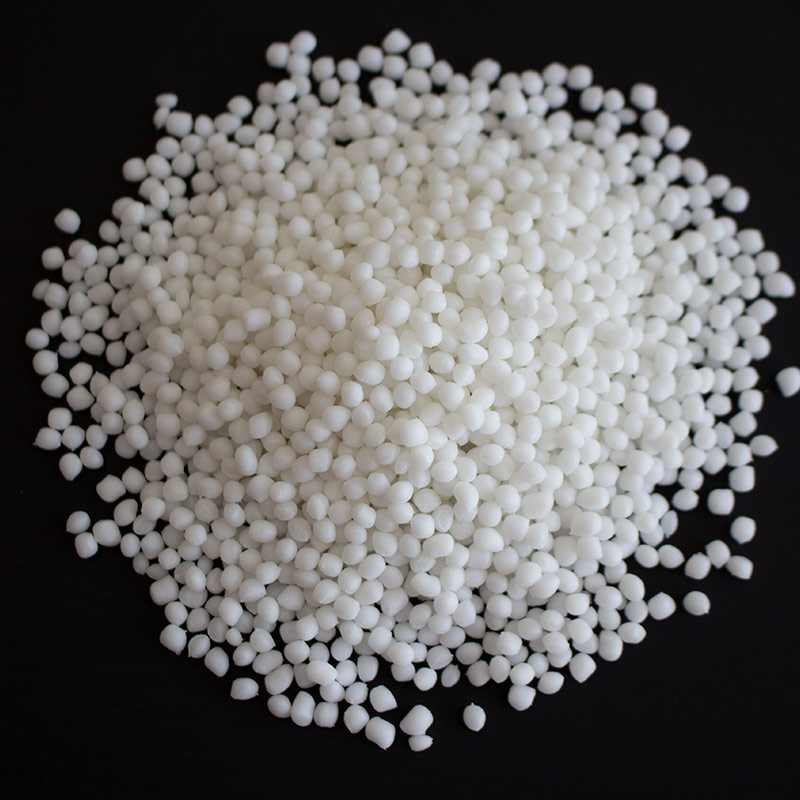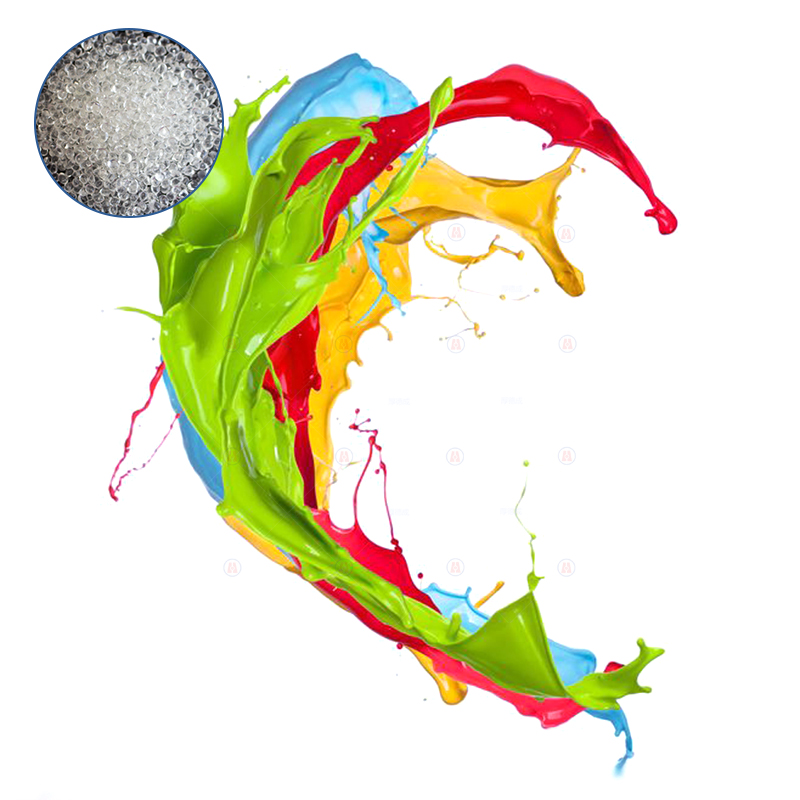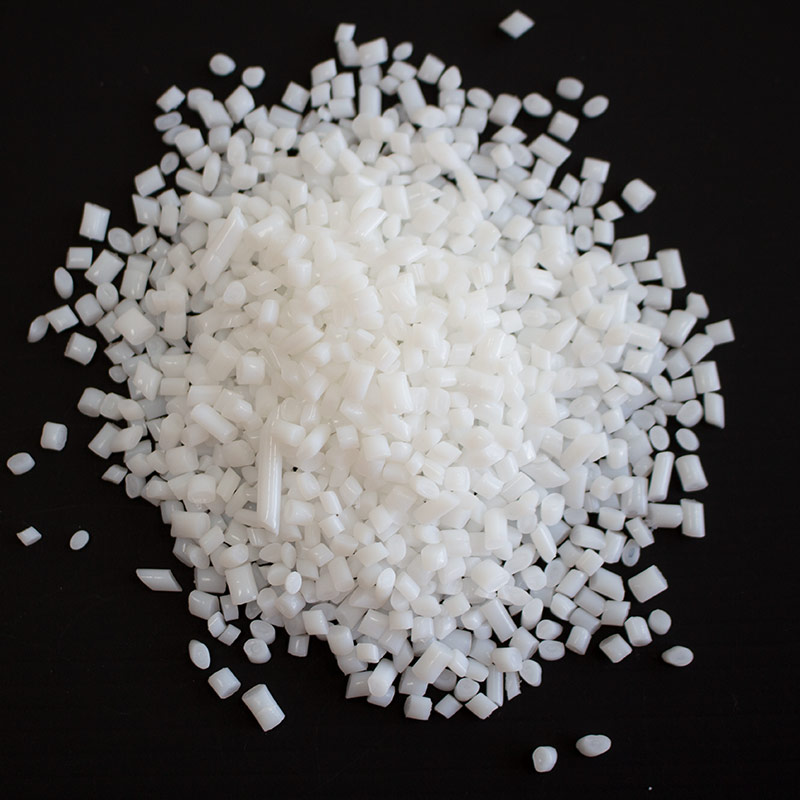1. Rigid and tough, with high impact resistance, high dimensional stability and a wide range of use temperatures, good electrical insulation and heat resistance and non-toxicity, and can be produced by injection molding and extrusion molding. The expected effect has been obtained, so the development is very rapid, and the current annual consumption in the world has exceeded 300,000 tons.
2. Polycarbonate is a transparent, yellowish or white rigid and tough polymer. When burning, it burns slowly, and when it is removed from the fire, it slowly extinguishes, the flame is yellow, and the black smoke is charcoal. After burning, it melts, foams, and emits a smell of flowers and fruits.
3. Polycarbonate has excellent performance and good light transmittance, and its light transmittance is close to 90%. The relative density is 1.20, which is larger than that of polyolefin, smaller than that of polyoxymethylene and polyvinyl chloride, and similar to that of polymethyl methacrylate.
Typical applications of PC engineering plastics:
The three major application areas of PC engineering plastics are the glass assembly industry, the automotive industry and the electronics and electrical appliance industries, followed by industrial machinery parts, optical discs, packaging, computers and other office equipment, medical and health care, films, leisure and protective equipment, etc.
1. Optical lighting field: PC engineering plastics are used in the field of LED lighting, manufacturing large lampshades, protective glass, left and right eyepiece tubes of optical instruments, etc., and can also be widely used as transparent materials on aircraft.
2. Electrical field: PC engineering plastic is an excellent E (120 ℃) grade insulating material, which is used for the production of insulating layer connectors, coil frames, sockets, insulating tubes, telephone casings and parts, and battery shells for miner's lamps. Wait. It can also be used to make parts with high specifications and precision, such as optical discs, telephones, computers, video recorders, telephone switches, signal relays and other communication equipment. PC film is also widely used in capacitors, insulating leather bags, audio tapes, color video tapes, etc.
3. The field of machinery and equipment: modified PC engineering plastics are used to manufacture various gears, bolts, levers, worm gears, worms, bearings, cams, crankshafts, racks, ratchets, and some mechanical parts shields, covers and Frame and other components.
4. The field of medical equipment: PC engineering plastics can be used for medical cups, cylinders, bottles and their oral instruments, drug containers and surgical instruments, and even for artificial organs such as artificial kidneys and artificial lungs.
5. Toughened PC: PC engineering plastics have good impact resistance; the impact characteristics can be adjusted; the forming shrinkage rate is small, the specification is stable; the weather resistance is better, the low temperature impact is high; it can be sprayed. Mainly used in thin-walled products, auto parts, mobile phones and other electrical products.
6. Light diffusing PC: PC engineering plastics have the characteristics of high light transmission, high haze, and V0 flame retardant.
PC engineering plastics have excellent comprehensive properties, and are especially suitable for the production of small parts with precise specifications, complex shapes, and light loads or less impact loads.
PC engineering plastics , PC can be injection, extrusion, molding, blow molding, thermoforming, printing, bonding, coating and machining, the most important processing method is injection molding. It must be pre-dried before molding, and the moisture content should be less than 0.02%. Processing at high temperature will cause the product to produce white turbid color, silver threads and bubbles. PC has considerable forced high elastic deformation capacity at room temperature. High impact toughness, so it can be cold-pressed, cold-drawn, cold-rolled and other cold forming processes. The molecular weight of PC for extrusion should be greater than 30,000, and a gradual compression screw should be used, with a length-to-diameter ratio of 1:18~24 and a compression ratio of 1:2.5. Extrusion blow molding, injection-blow, injection-pull-blow molding can be used. High quality, high transparency bottle. There are many kinds of PC alloys, which can improve the defects such as high melt viscosity (processability) of PC and easy stress cracking of products. PC forms alloys or blends with different polymers to improve material properties. Specifically, PC/ABS alloys, PC/ASA alloys, PC/PBT alloys, PC/PET alloys, PC/PET/elastomer blends, PC/MBS blends, PC/PTFE alloys, PC/PA alloys, etc. It has the advantages of two material properties and reduces costs. For example, in PC/ABS alloys, PC mainly contributes to high heat resistance, good toughness and impact strength, high strength and flame retardancy, while ABS can improve formability. Apparent mass, reducing density.
PC engineering plastic properties
1. Rigid and tough, with high impact resistance, high dimensional stability and a wide range of use temperatures, good electrical insulation and heat resistance and non-toxicity, and can be produced by injection molding and extrusion molding. The expected effect has been obtained, so the development is very rapid, and the current annual consumption in the world has exceeded 300,000 tons.
2. Polycarbonate is a transparent, yellowish or white rigid and tough polymer. When burning, it burns slowly, and when it is removed from the fire, it slowly extinguishes, the flame is yellow, and the black smoke is charcoal. After burning, it melts, foams, and emits a smell of flowers and fruits.
3. Polycarbonate has excellent performance and good light transmittance, and its light transmittance is close to 90%. The relative density is 1.20, which is larger than that of polyolefin, smaller than that of polyoxymethylene and polyvinyl chloride, and similar to that of polymethyl methacrylate.




 National Service Hotline
National Service Hotline
 Holdsuccess
Holdsuccess ADD: Room 3206A, Tianli Central Business Plaza, Haide 3rd Road, Nanshan District, Shenzhen City, Guangdong Province(Headquarters)
ADD: Room 3206A, Tianli Central Business Plaza, Haide 3rd Road, Nanshan District, Shenzhen City, Guangdong Province(Headquarters)
 ADD: Room 606, Building A, Dexing Science and Technology Park, Wusha Xing'er Road, Chang'an Town, Dongguan City, Guangdong Province (Dongguan Branch)
ADD: Room 606, Building A, Dexing Science and Technology Park, Wusha Xing'er Road, Chang'an Town, Dongguan City, Guangdong Province (Dongguan Branch)
 TEL: +153-0260-7731
TEL: +153-0260-7731
 Online consultation: Love Fanfan Consulting
Online consultation: Love Fanfan Consulting
 E-MAIL: hdc@winsplas.com
E-MAIL: hdc@winsplas.com
 Follow Douyin
Follow Douyin
 Follow WeChat
Follow WeChat
Copyright @ 2022 Shenzhen Holdsuccess Industrial Technology Co., Ltd. Guangdong ICP No. 2021175679 Technical Support:mikeidea / Sitemap